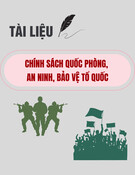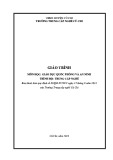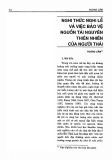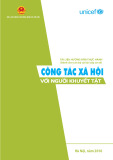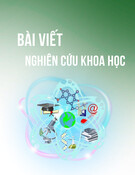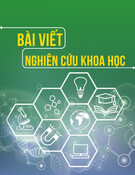
http://www.iaeme.com/IJM/index.asp 204 editor@iaeme.com
International Journal of Management (IJM)
Volume 7, Issue 7, November–December 2016, pp.204–216, Article ID: IJM_07_07_021
Available online at
http://www.iaeme.com/ijm/issues.asp?JType=IJM&VType=7&IType=7
Journal Impact Factor (2016): 8.1920 (Calculated by GISI) www.jifactor.com
ISSN Print: 0976-6502 and ISSN Online: 0976-6510
© IAEME Publication
DESIGN, ADAPTATION AND CONTENT VALIDITY
PROCESS OF A QUESTIONNAIRE: A CASE STUDY
M.E. José Nicolás Cardona Mora, Dr. Francisco Bribiescas Silva,
Dr. Roberto Romero Lopez and Rosa Elba Corona Cortez
Universidad Autonoma de Ciudad Juarez, Mexico
ABSTRACT
One of the tools most used in the past decades for data collection is the questionnaire´s based
surveys. In this article a theoretical review of the design, adaptation and content validity process of
a questionnaire is performed. A case study of this process is presented to have a practical example
of the of this research stage.
For the case study the objective is to create and develop a questionnaire up to the point of
content validity. The final results gave a product of a questionnaire of 48 items and a content
validity accepted with a value of a “V” of Aiken and accordance proportions indexes above of 0.80
in all the items.
Key words: Content Validity, V of Aiken, Questionnaire Design
Cite this Article: M.E. José Nicolás Cardona Mora, Dr. Francisco Bribiescas Silva, Dr. Roberto
Romero Lopez and Rosa Elba Corona Cortez. Design, Adaptation and Content Validity Process of
a Questionnaire: A Case Study. International Journal of Management, 7(7), 2016, pp. 204–216.
http://www.iaeme.com/IJM/issues.asp?JType=IJM&VType=7&IType=7
1. INTRODUCTION
The human being is curious by nature and along his existence has developed different methods and ways to
obtain the answer on the unknown things, such as observation and experimentation. These two methods
gave birth to science and as Chalmers (1987) states “Science is based on what we can see, hear, touch, etc.
Science is objective. Scientific knowledge is reliable knowledge because it is objectively proven
knowledge”.
The best way to create scientific knowledge is by an established methodology that will lead the
researcher step by step thru the creation of this new knowledge.
Actually, for a for scientific research to be considered as such, it is necessary that a sequence of steps
must be followed and not be altered, because doing so would jeopardize the validity and reliability of the
study(Hernandez, Fernandez y Baptista, 1991). Within these steps, the researcher must collect field data
that will validate their hypothesis.
Hernandez et al (1991) indicates that in order to collect data, the researcher must first select or design
the measurement tool, and this tool must be previously validated and reliable. The selection of the tool is a
very important step on any research, if is not the proper tool for the purpose of the research the data
collected will be useless and valuable time will be lost, or even worst, the research will be invalidated.





